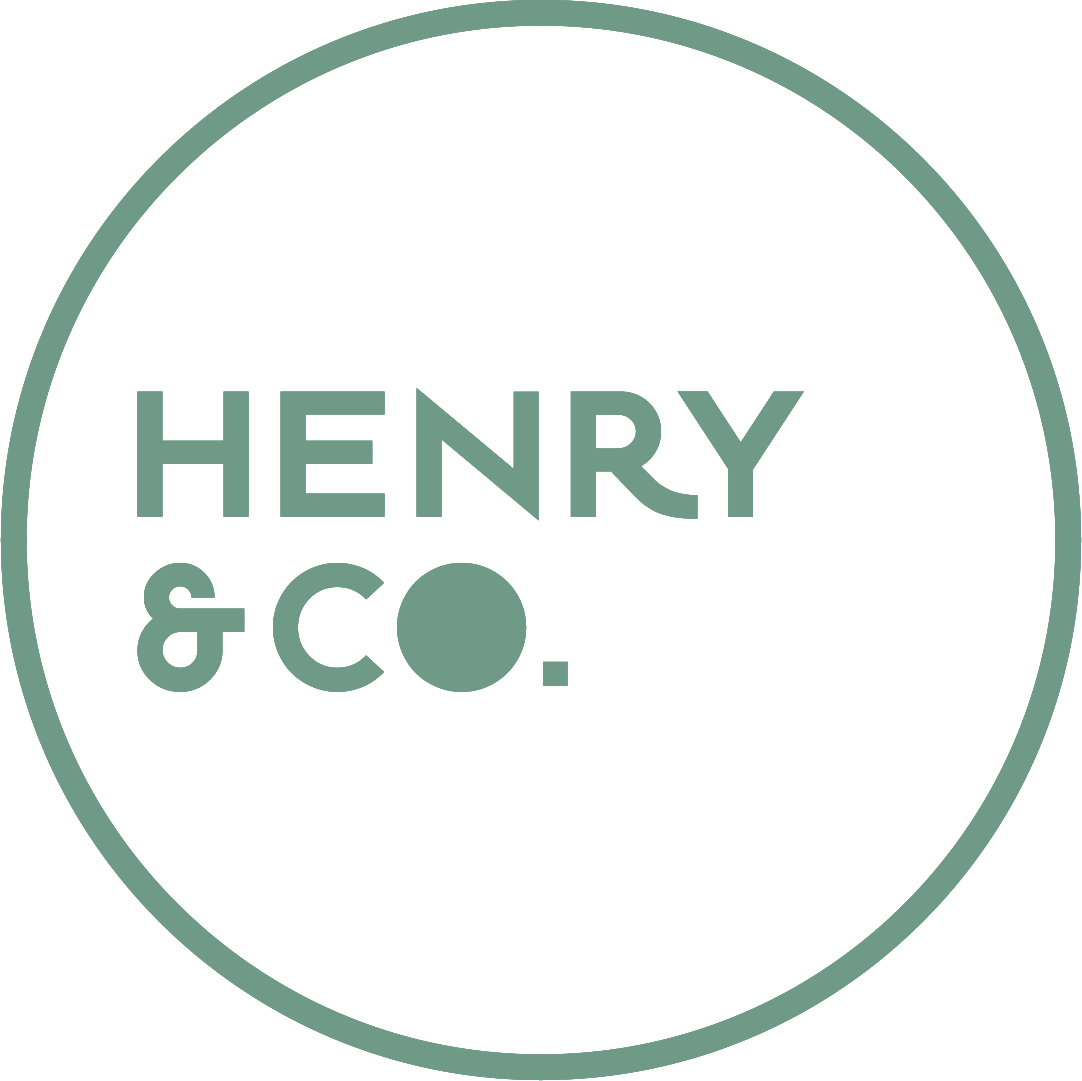Eco-design, also known as sustainable design or ecological design, refers to an approach through which products, services, or entire production processes are created or rethought in a circular way. It is based on the concept of sustainable design, which aims to minimize the environmental impact of an object at every stage of its life cycle.
Creating products and services with sustainable design means reducing every possible form or source of pollution throughout their life cycle. This involves introducing sustainability criteria at the different stages of ideation, production, usage, recycling, etc.
Sustainable design therefore allows the framing of a product’s creation and existence in a logic that brings together the past, present, and future. Simultaneously, it succeeds in combining effective practicality with the actual longevity of the produced goods.
By following these principles, companies assume a leading role in addressing major collective issues such as the climate crisis and pollution. At the same time, through sustainable design, they implement processes of eco-sustainable development that allow them to achieve success and recognition. Not least, the approach to eco-design is essential for transitioning to a circular economy paradigm.
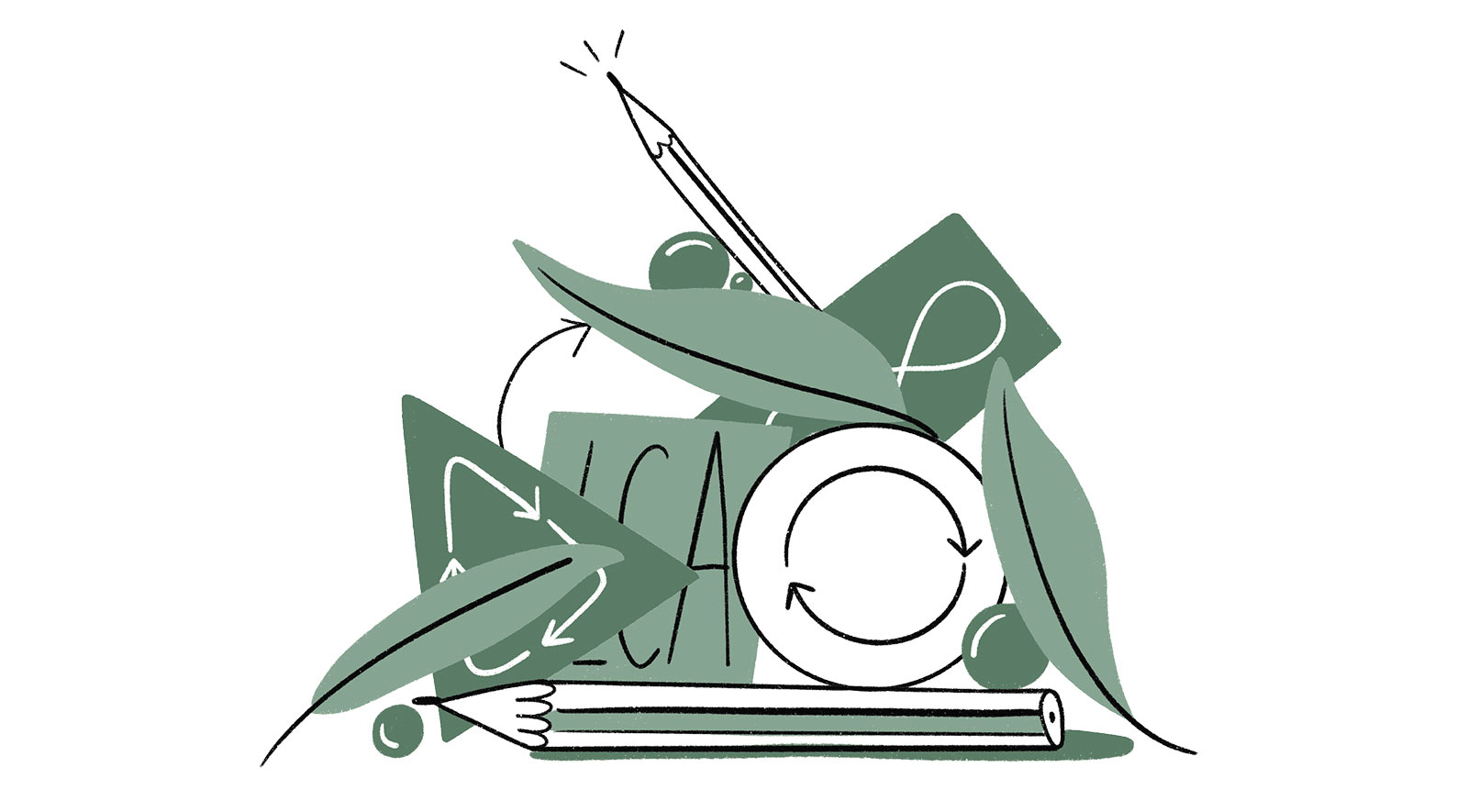
1. What are the foundations of sustainable design?
For companies, starting to work in terms of sustainable design means rethinking their business model. It is necessary to adopt sustainable models that manifest not only in speeches but also in concrete actions and behaviors, inspired by the circular economy model.
Following the principles of eco-design leads companies to become more aware of their environmental impact. By considering every stage of a product’s, service’s, or process’s lifecycle, they make better choices to minimize waste and harmful contamination. From this criterion comes the selection of materials, transportation methods, packaging, recycling methods, and more.
To design goods with low-impact life cycles, sustainability standards and specific methods are necessary to estimate them accurately. For this purpose, eco-design favors the use of LCA (Life Cycle Assessment) as an analytical tool. The LCA can quantitatively assess the waste and pollution impacts associated with a product’s existence phases, revisiting it with a sustainability-conscious approach.
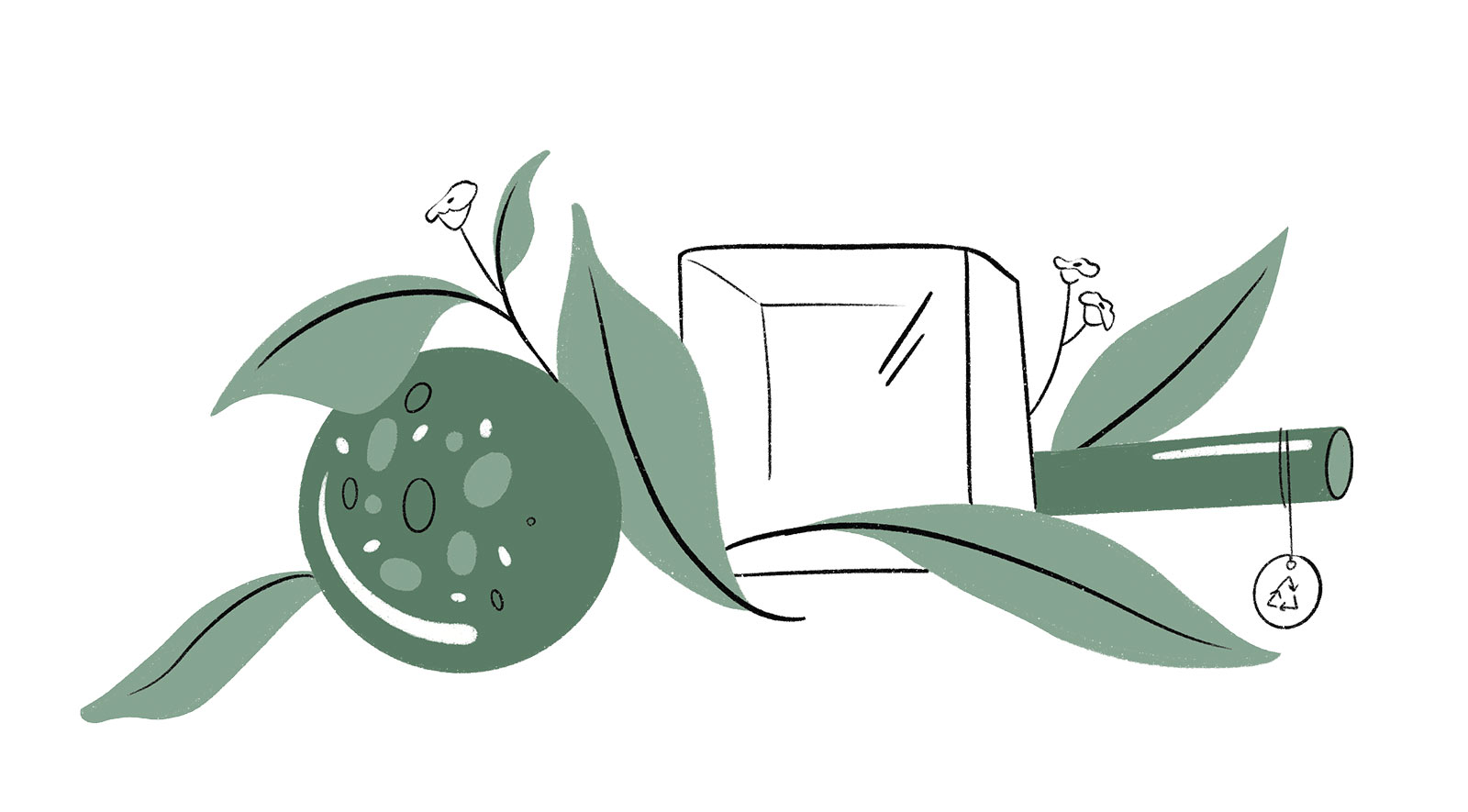
2. What are the materials of eco-design?
Some materials used in eco-design include linoleum, aluminum, cork, plastic, wood, jute, and bamboo.
When creating products, the decision on which materials to use is often driven by purely economic and performance criteria, without considering the levels of environmental impact.
In sustainable design, however, the selected materials:
- are biodegradable and non-toxic;
- are easily recyclable and reusable;
- ensure longevity;
- guarantee minimal waste in processing.
Thus, production processes move in the main direction of sustainable design. Using materials with these characteristics allows for minimizing waste, emissions, and pollution during the lifecycle of objects.
Sustainable design is, therefore, the creation of useful and innovative products, but at the same time sustainable and with low environmental impact.

3. What is the current directive for eco-design?
The ISO 14006:2020 directive, the second edition of the previous ISO 14006:2011, is among the latest international regulations for eco-design. Titled “Environmental management systems – Guidelines for integrating eco-design,” it supports organizations of all types and sectors. It contains references on how to define and innovate ways of approaching sustainable design within environmental management systems (EMS).
The ISO 14006:2020 targets organizations that, in line with ISO 14001, have their own EMS. However, it is useful if one wishes to adopt an eco-design approach even with other management systems.
This ISO standard can also be adhered to regarding environmental aspects related to products and actions that an organization controls and/or influences. Finally, it does not specify particular environmental performance criteria.
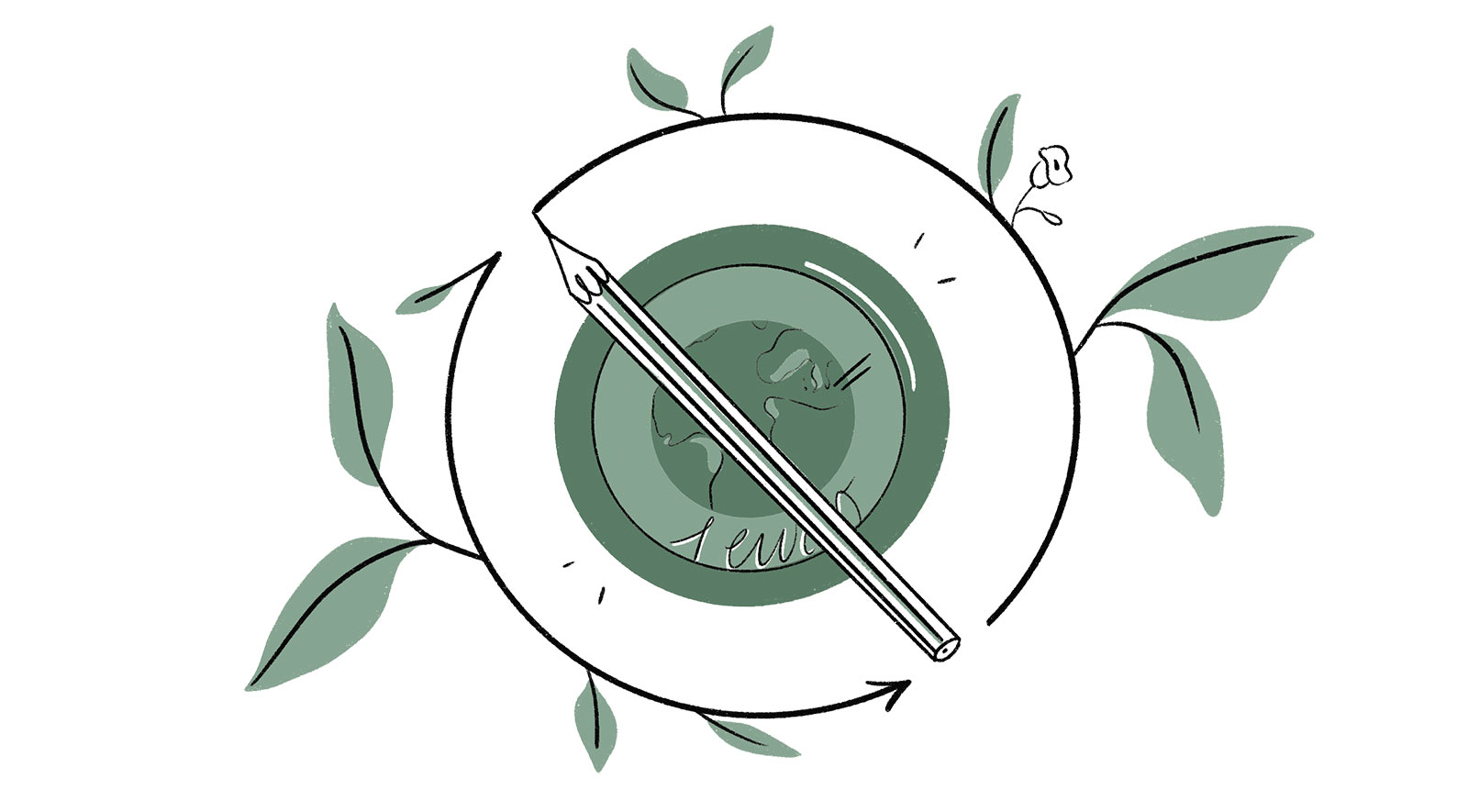
4. Why is eco-design important for the circular economy?
Eco-design is important for the circular economy because it is one of the main drivers of the transition to a circular economy. Sustainable design processes, services, and products have a lifecycle designed to prevent them from becoming sources of environmental harm. The goods produced this way operate outside a linear existence logic, which traditionally would end with their destruction once they are no longer useful.
In sustainable design, it is instead foreseen that goods, either in whole or in part, can be recycled and reused. The circular economy breaks the linear pattern and replaces it with a cyclical process where, from creation to usage, from transport to recycling, the goal is to minimize environmental impact. Producing according to sustainable design standards prevents the generation of toxic waste, resource waste, or pollution.
Following the eco-design approach contributes to the transition towards production, social, and economic systems more focused on sustainability. Economic development is achievable even without depleting the environmental and natural resources of our planet. This is the awareness driving the circular economy, which stands in contrast to the linear one.
By adhering to the principles of eco-design in production processes and business models, companies adopt models of sustainable growth. For themselves, for society, and above all, for our planet.
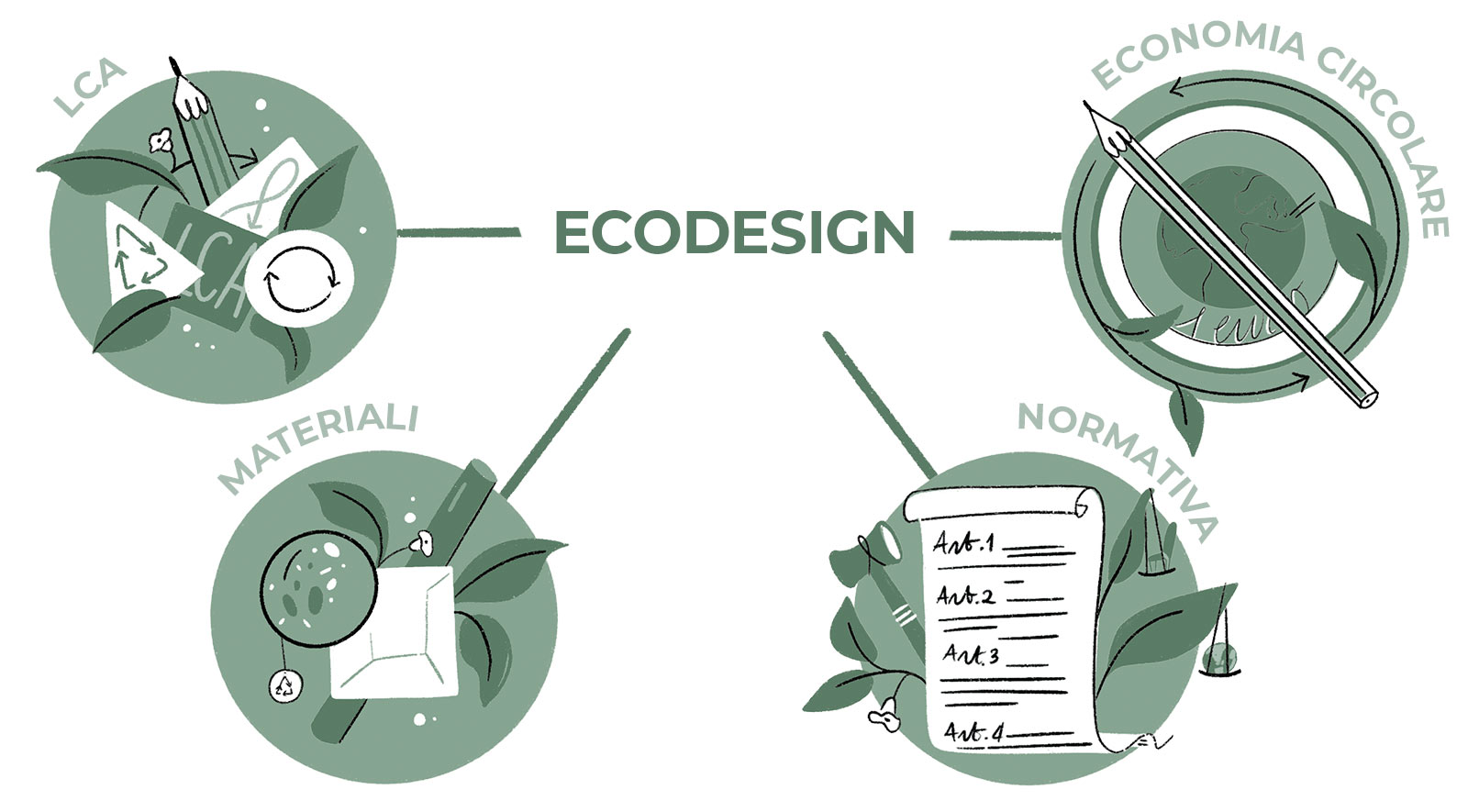
Have you ever considered applying eco-design to your products?
Contact us to see in detail our case studies across various sectors.
FILL OUT THE FORM BELOW FOR HALF AN HOUR OF FREE CONSULTATION.
